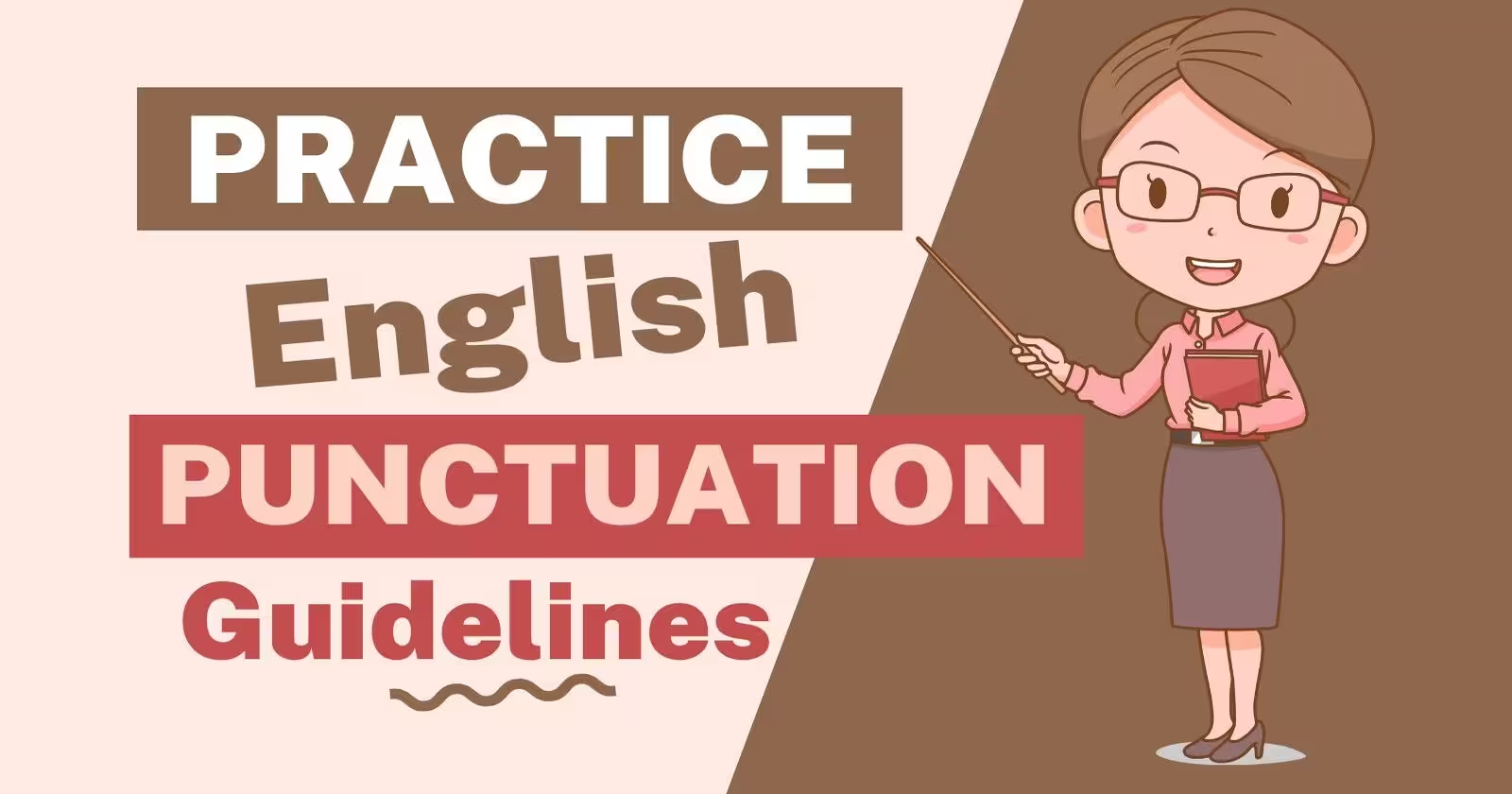Have you ever read a sentence that felt like a messy puzzle, with words jumbled up and meaning hidden in the cracks? Don’t worry, it’s not your fault! Sometimes, the pieces need a little help fitting together.
That’s where “Punctuation Guidelines” come in, like your secret decoder ring for words!
Think of a sentence as a story, and punctuation as the special symbols that guide you through it. Commas are like friendly traffic cones, directing the flow of words so everything makes sense.
Periods are like stop signs, marking one adventure’s end and the next’s start. And question marks? They’re like curious detectives, peeking around corners to see what’s next!
But it’s not just about following rules. Punctuation is like giving your words superpowers! A well-placed comma can turn a boring sentence into a funny joke, and a colon can build suspense like a drumroll before a big reveal.
Without them, your writing might be like a secret – nobody can hear what you’re trying to say!
So, whether you’re a writing whiz or just starting, let’s embark on a punctuation adventure together!
We’ll explore the comma jungle, climb the semicolon mountain, and learn to dance with the dashing dash. We’ll conquer our punctuation fears and become word wizards, using these tiny tools to unlock the magic of storytelling!
Get ready to see your writing come alive, with sentences that sparkle and stories that jump off the page. Remember, punctuation isn’t a monster under the bed – it’s your secret weapon for making your words shine!
Understanding Punctuation Guidelines: The Cornerstone of Clear Writing
Punctuation marks are essential tools for effective communication, acting as guides that help readers understand the meaning and flow of our writing. They’re not just symbols; they give voice and rhythm to our text.
Below are five key punctuation marks, each with examples to demonstrate their usage:
Semicolon: The Subtle Art of Connection
Apostrophe: Indicating Possession and Contraction
Commas: The Essentials of Clarity
These examples demonstrate how Punctuation Guidelines can enhance the clarity and readability of our writing. In the next sections, we will delve into more advanced punctuation techniques, further expanding our understanding of these crucial writing tools.

Advanced Punctuation Techniques for Effective Writing
Moving beyond the basics, advanced punctuation techniques can add nuance and sophistication to your writing. This section explores more complex punctuation rules and provides examples to illustrate their use.
Colons and Lists: Expanding Your Sentences
Dashes and Hyphens: Adding Emphasis and Clarity
Quotation Marks: Highlighting Speech and Text
Final Thoughts on Punctuation Guidelines
Punctuation is more than just marks on a page; it’s a crucial tool for effective communication. By understanding and applying the guidelines discussed, you can enhance the clarity, tone, and style of your writing.
Remember, good punctuation is the key to making your writing easy to read and understand.
Happy Writing!

